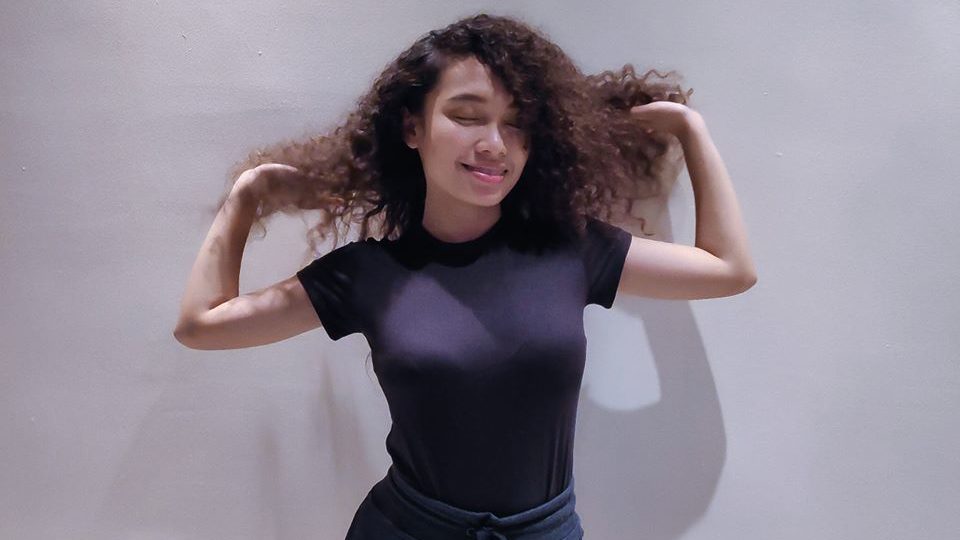Steam rises up from a woman’s head as a hairstylist flat-irons her hair, one section of head at a time.
The client is having what’s known as a hair rebond, a process in which the strands are straightened by applying toxic chemicals, followed by flat-ironing. It’s a popular hair treatment in the Philippines, where most women equate beauty with long, straight hair.
However, a growing number of Filipinas are embracing their natural waves and curls, many because straightening has proven to be ineffective, expensive, damaging to the hair, and even unsafe. A study published in December showed that the chemicals used in the procedures could be linked to breast cancer.
For these women, choosing to embrace their natural hair means rejecting Filipino society’s belief that curls are ugly, a fact they’ve internalized — often after enduring years of bullying from peers. By embracing their natural hair texture, they are empowering themselves and rebelling against society’s rigid expectations of what a woman should look like.
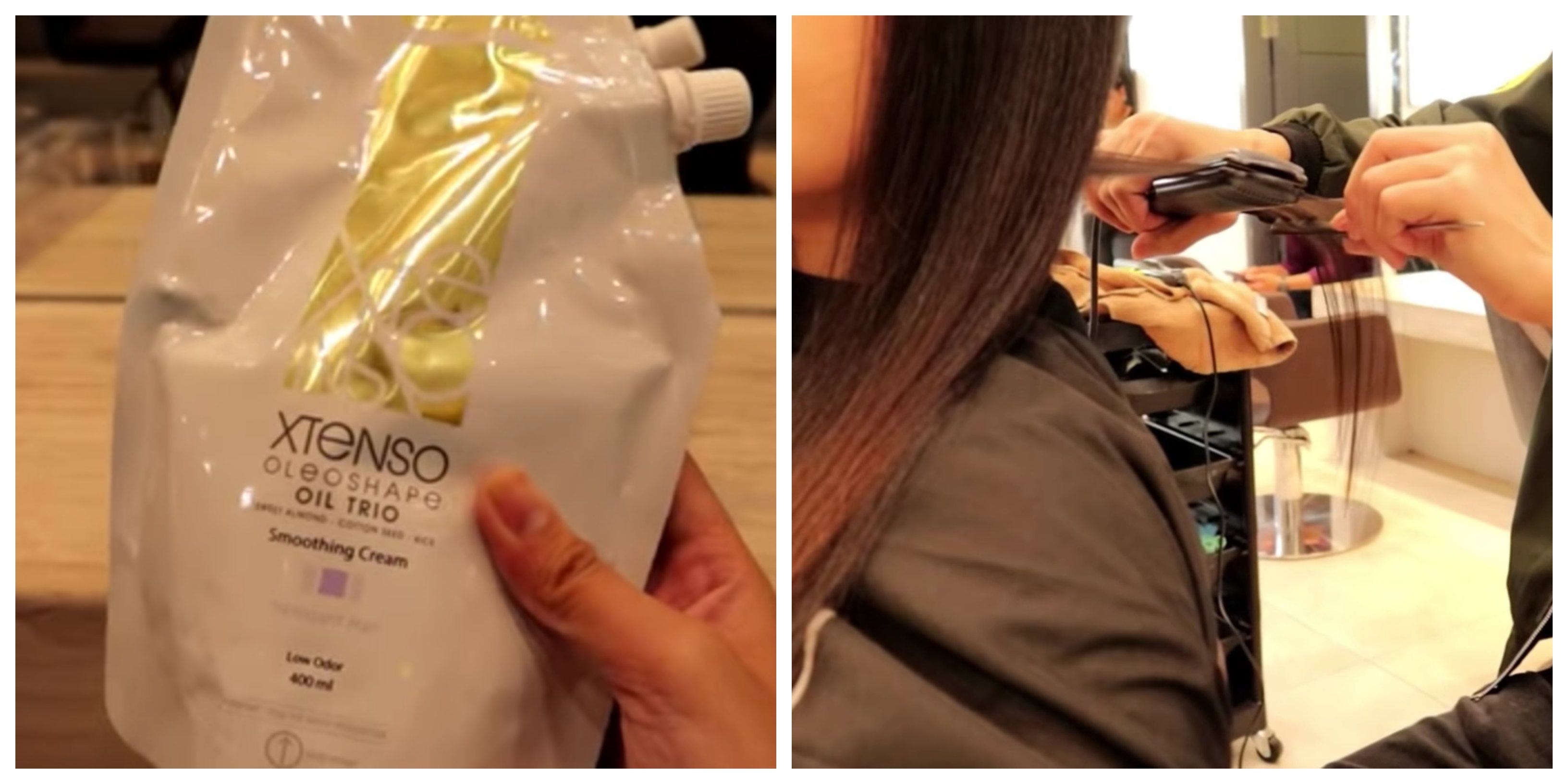
‘Curly-haired people are pests’
Sociologist Athena Presto says Filipinos’ disdain towards curly hair can be linked to their feelings towards local indigenous peoples, born of colonial-era prejudices. This includes the Aetas, a group who typically have kinky, afro-like hair, and who have experienced centuries of poverty and government neglect.
Filipinos’ attitude towards curly hair has echoes in their discriminatory feelings toward dark-skinned people, who are often perceived as backward and are routinely the butt of jokes, as evidenced by the pervasive use of blackface in local comedy shows.
Read: The Color of Money: In Philippine TV and film, white still equals green
“We think curls should be hidden,” Presto said in a recent interview. “Some people even joke that curls look like pubic hair; we think it’s unruly. It has a lot to do with how [we treat], how we oppress the indigenous peoples’ sector, for example. A lot of them are curly-haired. [We] also don’t like black people.”
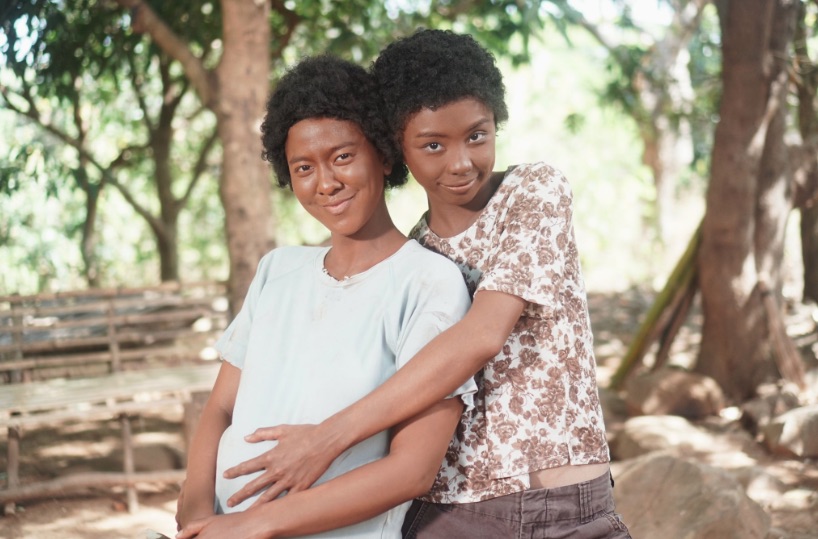
Presto said that it also doesn’t help that curly-haired people are “invisibilized,” a term she uses to describe the absence of role models in the media who have textured hair.
“The people we idolize have Caucasian features, like these actresses and actors who have straight, black hair. There’s no cultural icon — so far — who has come out who is proud of having curly hair. They all have straight hair, especially those in [TV] commercials. Those are the only people whom we consider beautiful.”
Curly-haired YouTube vlogger Rebecca Billate says there’s truth to Presto’s observations. When she was growing up, Billate felt frustrated that all her classmates and teachers wanted to talk about was her hair, which they found less than appealing. She noted that her classmates called her “baluga,” a demeaning slur for the Aeta, because of her curls.
“When I hit puberty, it’s like everyone just keeps noticing my hair because I didn’t want to put it in a ponytail all the time,” the vlogger said in English and Filipino. “They kept telling me, even my teachers, ‘Hey, comb your hair. You look like a witch.’”
“When I didn’t tie my hair, people would say I look like a baluga.” she added. “They wanted me to tie it up so that it looked neat.”
Billate also lamented the lack of curly-haired heroines on TV back then, particularly in her favorite cartoons. Because most of her favorite characters had straight hair, she too began to think that straight equaled beautiful.
“I think I was influenced by the heroines I saw on TV. Like in cartoon series like Sailor Moon, Luna’s hair is beautiful because it’s long and straight and she can tie it in pigtails. Even Sailor Mars has this really long hair that’s black, straight, and shiny,” she recalled.
“Aside from the comments that I got from people, that [also] played a part. There were no [TV] characters who had curly hair. All of them have straight hair.”
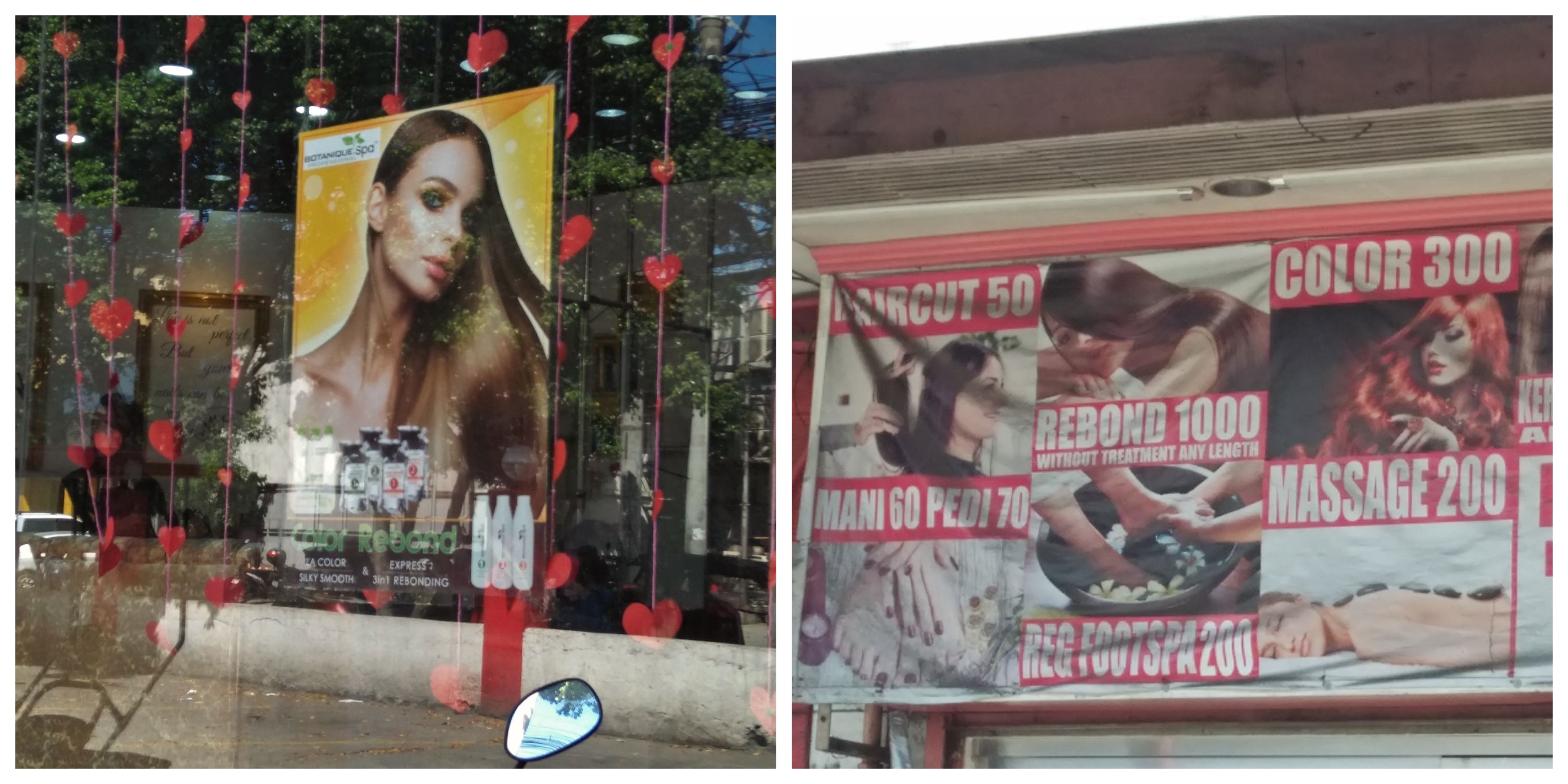
Bea Dawal, a bank employee, was also bullied for her curly hair. In her case, people’s perceptions of her hair even spilled over into how they perceived her personality, something she discovered after conducting an informal poll in her sophomore year of high school.
“I passed a piece of paper around class and asked them, ‘What is your impression of Dawal?’” she said. The responses were unkind: “‘Broom hair,’ ‘stinky,’ ‘has lice,’ ‘overly fussy.’”
Dawal knew that she wasn’t all the things her classmates described her to be, but thought, as someone who had been bullied since kindergarten for her curls, that she would have been treated better if she had straight hair.
Her experience shows how a woman’s failure to conform to society’s beauty standards can lead to oppression, says sociologist Presto.
“Starting from when you’re a child, people will teach you that you need to be beautiful. If you’re not beautiful, you will be treated like a second class citizen,” she said. “Other girls, if they feel they could conform to a certain standard of beauty, they might feel empowered to oppress other women. They can do it because society lets them do that, and society justifies their actions.”
Hard-won acceptance
Billate said she spent many years straightening her hair. It became even a point of frequent arguments between her and her mother, who refused to give her money to fund what was then seen as an extravagance. Once Billate started working as a radio journalist, she began visiting the hair salon religiously, and became “addicted” to hair straightening.
“I never allowed my roots to grow out because I have money for straightening. I really spent money on it,” she said.
But after years of going to the salon and enduring the sometimes-painful straightening process, she found herself burned out, both figuratively and literally.
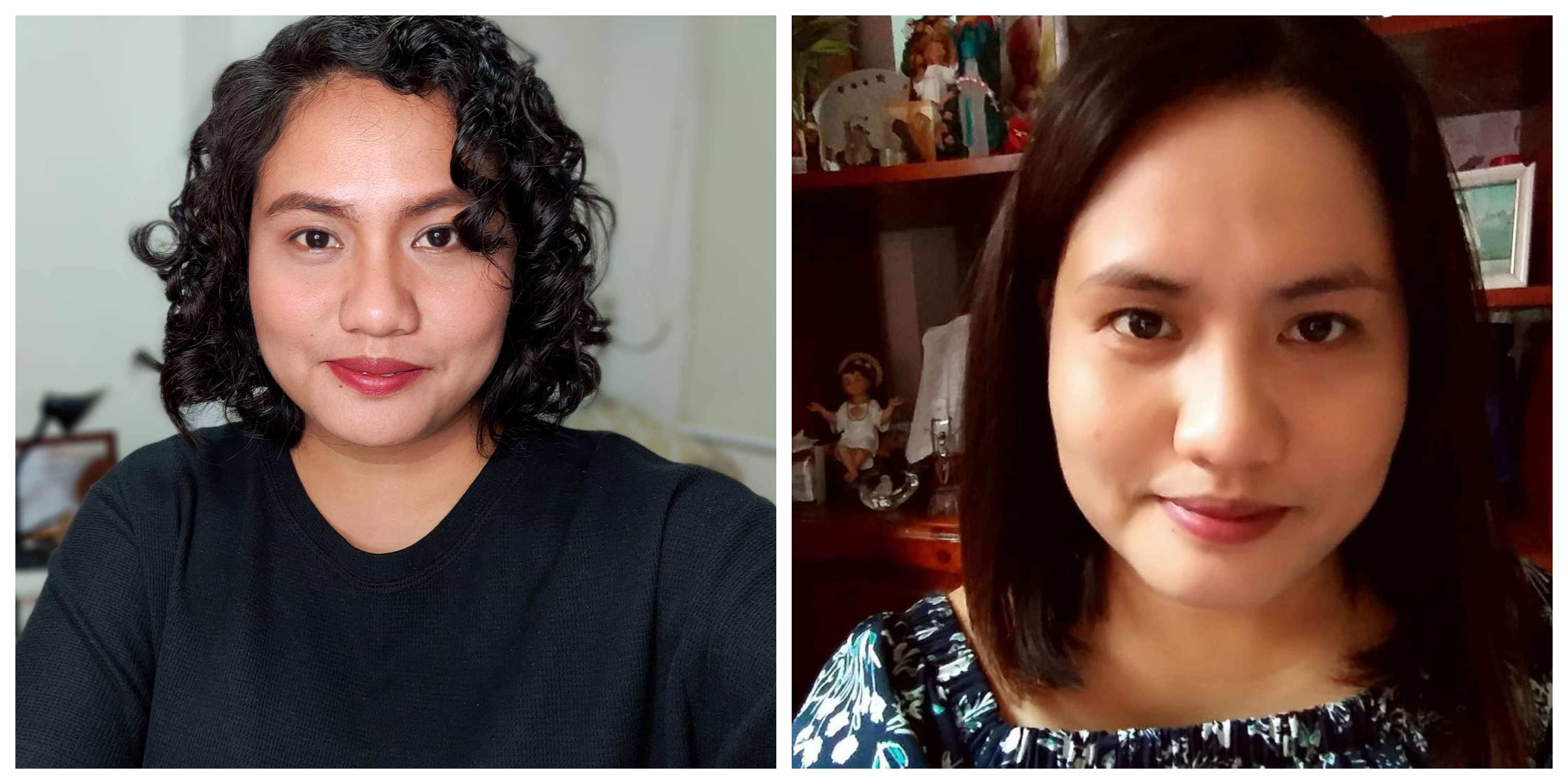
“I became exhausted from going to the salon. I would have to sit there for at least five hours. Then my scalp would sting whenever they would put chemicals on my hair. But I always ended up not getting the results I wanted, so I would still need to flat-iron my hair. There were still some parts that were curly,” she said.
After a while, the results became worse.
“There was so much hair [loss], and my hair was getting thinner,” she said.
Billate realized that it was time for a change, and started researching how she could take care of her hair. She learned about Lorraine Massey’s Curly Girl Method, where one avoids using hair care products with silicones, sulfates, waxes, and harsh alcohols. Her hair became healthier, she became more confident, and she has finally accepted her curls.
While Billate has accepted her looks, Dawal, who also practices the Curly Girl Method, admitted that she still has yet to fully come to terms with her curls.
“I’m not into curls. Because my hair was straight when I was a child. And with people’s teasing, you can’t really appreciate what you have.”
It might take a village for people like Dawal to fully embrace their curls. The mass media, for one, remains stubborn in its decision not to include more curly-haired people in movies, TV shows, and advertisements. But this may be because many Filipinas still cling to the idea that straight is superior.
An advertising executive who spoke to Coconuts on condition of anonymity said hiring straight-haired models made financial sense because out of all the products that they sell, those with straightening properties are the ones that Filipinos buy the most.
At the same time, salon workers remain passionate advocates of rebonding.
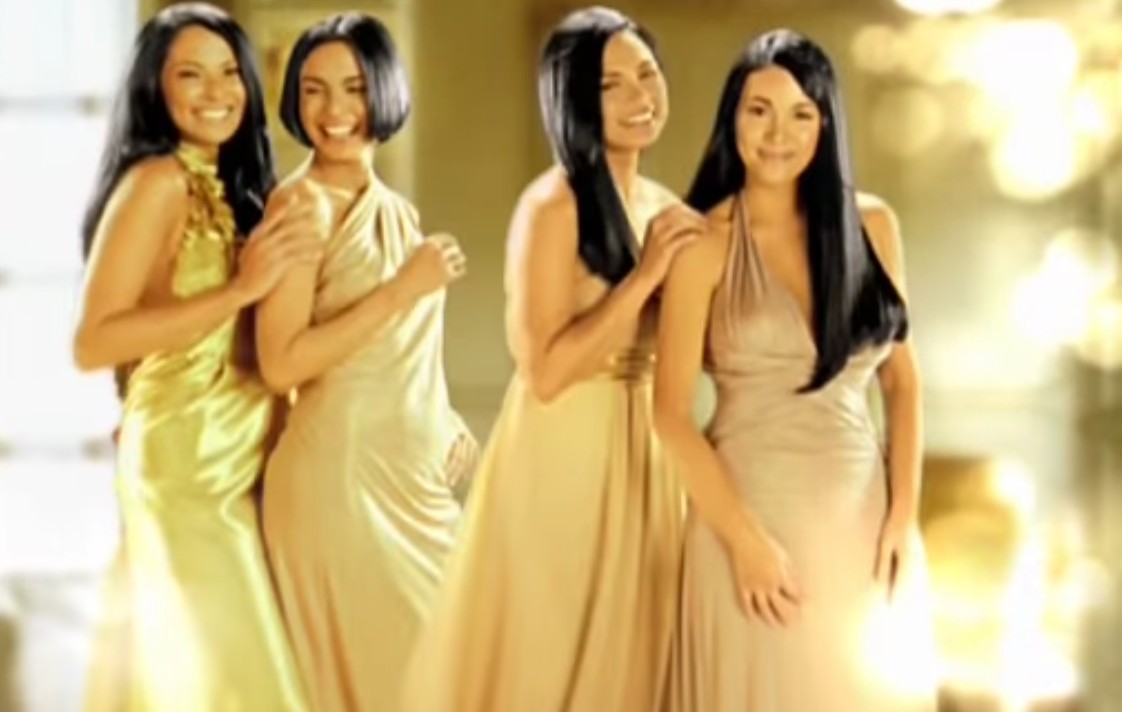
Lourd Ramos, a hairstylist known for cutting curly and wavy hair, said this is just a reaction to market demand.
“The dream of many Filipinas is still to have long, shiny, straight hair because of the influence of commercials, because of the strong visuals. The number-one hair treatment in the country is still rebonding,” he said.
He also admitted that very few hairstylists have been trained to cut curls, which requires a certain amount of skill and expertise.
“Unlike in other countries, the government doesn’t support the hairstyling industry, unlike before, when there were courses offered by Ricky Reyes, Fanny Serrano, and the like,” he said. “It’s also important that hairstylists become more adaptable. The problem is, some just got used to doing the same things over and over.”
The odds stacked against curlies don’t bother Billate and the thousands of other curly-hair aficionados who have banded together in several groups on Facebook. They are living their truths and accepting themselves, frizz and all.
“I feel stronger now that I’ve accepted a part of me that I should have accepted long before,” Billate said. “When you know that you are complete, you know that you can do anything. Not because it was what other people want you to be, but because it was what you really wanted to be.”
She likened accepting her textured hair, and styling it the way it should be, to “finding” herself.
“There was this void in myself that I was able to fill when I started doing my [curl] routine. For the longest time, there was something about my hair that I couldn’t accept, as if I’m searching for something. There was this void that I was finally able to fill.”
